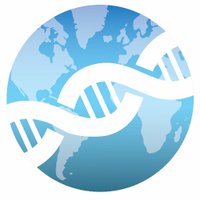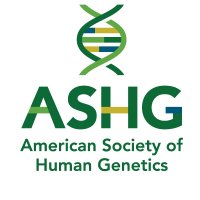
stephan ripke
@stephanripke
ID: 388683808
http://www.broadinstitute.org/mpg/ricopili 11-10-2011 05:05:31
127 Tweet
603 Takipçi
118 Takip Edilen


2/2 Für weitere Informationen zu #Genetik und #Psychiatrie: Der leitende Studienautor Prof. Ripke von der #CharitéBerlin sprach im Wissenschaft u. a. über Schizophrenie-Gene und genetisch ähnliche Muster von verschiedenen psychiatrischen Krankheiten. deutschlandfunk.de/schizophrenie-…



2/12 It was a pleasure to work on this with all colleagues from the PGC including Vasa Trubetskoy Antonio F. Pardiñas stephan ripke and Mick O'Donovan and alongside the SCHEMA consortium TJ Singh Mark Daly @bmneale









11/12 Thanks to the PGC Consortium for support, the 100s of investigators and researchers in the schizophrenia group, 1000s of clinicians and 10,000s patients who made the study possible.


Excited to share a new attempt to identify drug targets for schizophrenia, lead by Karl Heilbron, funded by Humboldt-Stiftung, DFG public | @[email protected],, Stanley Center, PGC Consortium #psychgenomics #schizophrenia medrxiv.org/content/10.110…

Excited to share our new Genome-wide meta-analysis of myasthenia gravis! The study identifies novel genetic loci and enhances prediction models. Read more: nature.com/articles/s4146… Alice Braun #Genetics #MyastheniaGravis


10/n We PGC Consortium would like to thank everyone who participated in these (or any) studies for their generosity and time. We would also like to thank all of our collaborators and funders who made this effort possible –



